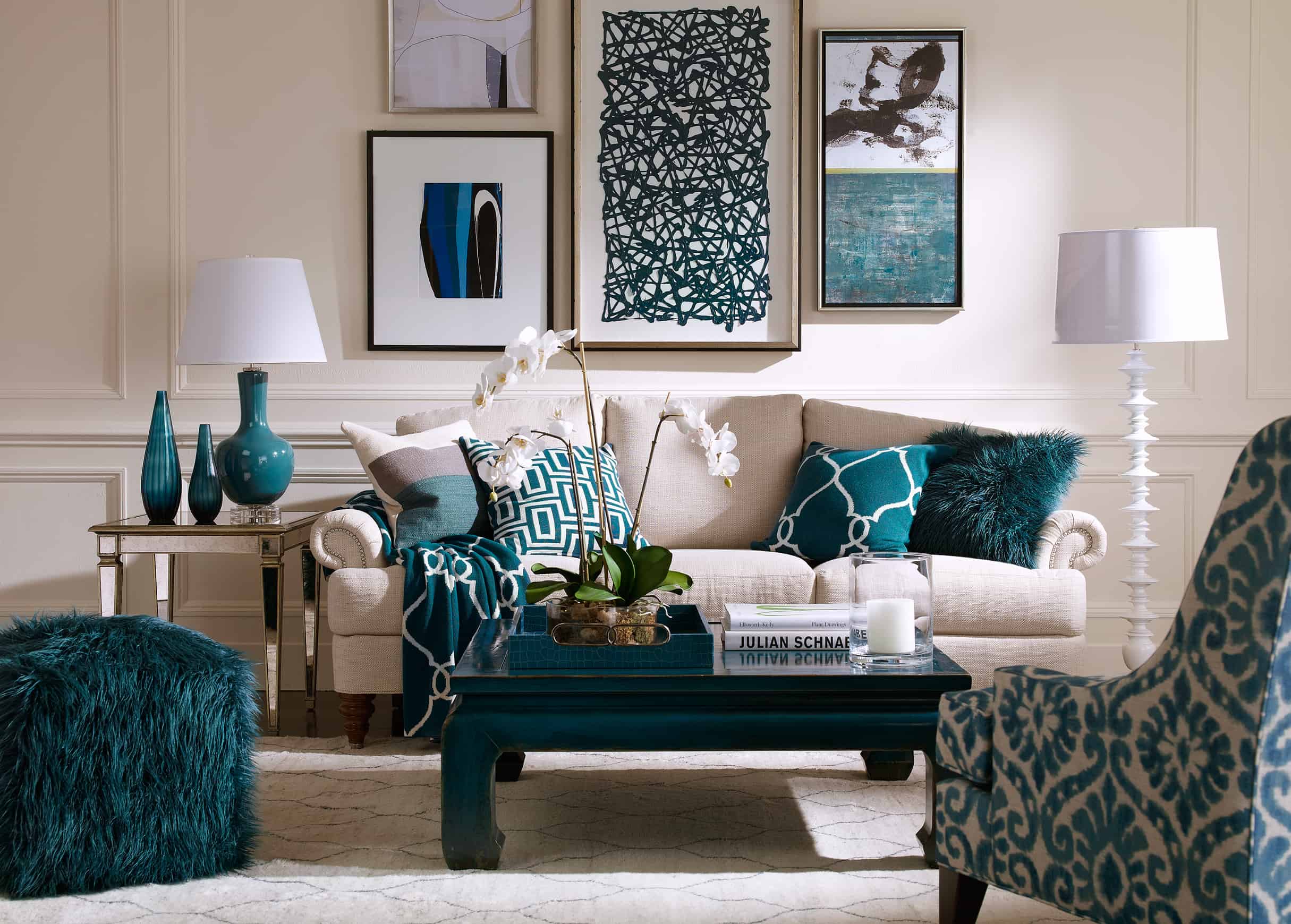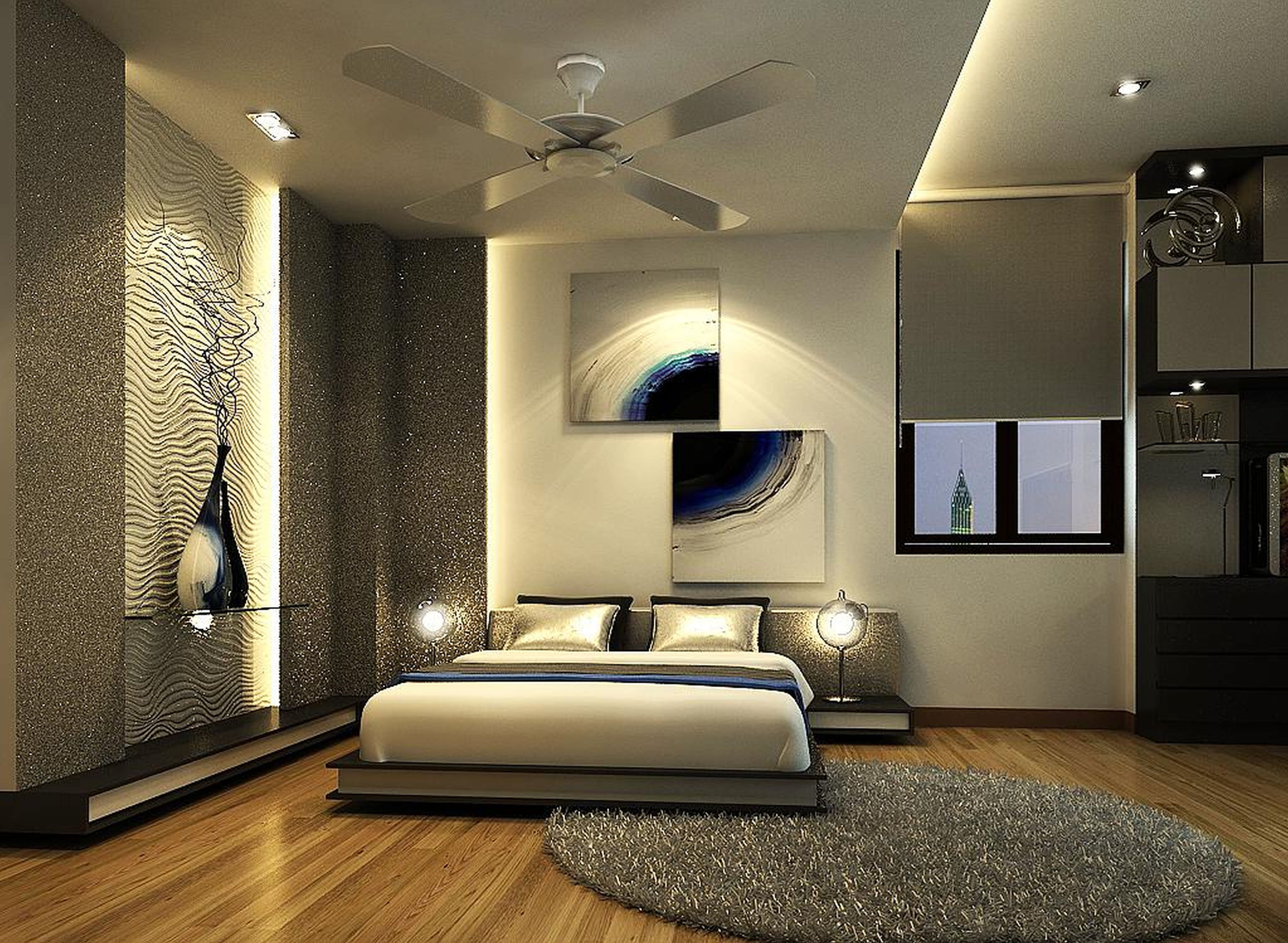Room Decor Styles

Room decor design – The world of interior design is vast and diverse, with countless styles to choose from. Each style has its own unique characteristics, color palettes, furniture choices, and accessories that come together to create a cohesive and visually appealing space.
When it comes to room decor design, the options are endless. From traditional to modern, there is a style to suit every taste. One popular trend in recent years has been industrial room design, which incorporates elements of raw materials such as metal and wood to create a stylish and functional space.
For more inspiration on how to achieve the perfect industrial look for your home, be sure to check out our article on industrial room design.
Here are some of the most popular room decor styles:
Modern
- Clean lines and simple forms
- Neutral color palettes with pops of color
- Functional furniture with minimal ornamentation
- Large windows and natural light
- Geometric patterns and abstract art
Traditional
- Ornate furniture with intricate details
- Rich color palettes with warm tones
- Heavy fabrics and luxurious textures
- Symmetry and balance
- Antiques and family heirlooms
Minimalist
- Less is more
- Neutral color palettes with white, black, and gray
- Simple furniture with clean lines
- Decluttered spaces with plenty of open space
- Natural materials like wood, stone, and metal
Bohemian
- Eclectic mix of colors, patterns, and textures
- Global influences and ethnic motifs
- Layering of rugs, textiles, and pillows
- Vintage and antique furniture
- Plants and greenery
Color and Lighting in Room Decor: Room Decor Design

Color and lighting play crucial roles in creating the ambiance and functionality of any room. They can evoke emotions, influence our perception of space, and contribute to our overall well-being.
Color in Room Decor
Color is a powerful tool that can transform the atmosphere of a room. It can create a sense of warmth, coolness, energy, or tranquility, depending on the hues and shades used. Warm colors like red, orange, and yellow are known to stimulate and energize, while cool colors like blue, green, and purple have a calming and soothing effect.
When choosing a color palette for a room, it’s important to consider the desired style and the function of the space. For example, a bright and cheerful color scheme might be appropriate for a living room or playroom, while a more muted and calming palette might be better suited for a bedroom or study.
Lighting in Room Decor, Room decor design
Lighting is another essential element of room decor that can enhance the atmosphere and functionality of a space. Natural light is always preferable, as it provides a full spectrum of light that is beneficial for our health and well-being. However, artificial light sources are often necessary to supplement natural light, especially in rooms that receive less sunlight.
When designing a lighting scheme, it’s important to consider the type of light source, the intensity of the light, and the placement of the fixtures. Different types of light sources, such as incandescent, fluorescent, and LED, emit different qualities of light that can affect the overall ambiance of a room. The intensity of the light can also be adjusted to create different moods, from bright and energizing to dim and relaxing.
The placement of light fixtures is also important to ensure that the light is distributed evenly throughout the room and that there are no dark corners or areas of glare. By carefully considering the color and lighting in a room, you can create a space that is both beautiful and functional.
Furniture Selection and Arrangement

When selecting furniture, consider both functionality and style. Choose pieces that are comfortable, durable, and fit well within the space. Arrange furniture to create a balanced and inviting layout, using rugs, curtains, and other textiles to enhance the overall design.
Furniture Selection
Start by determining the purpose of the room and the activities that will take place there. This will help you select furniture that meets your specific needs. For example, if you entertain often, you may want to choose a sofa with ample seating and a coffee table that can accommodate drinks and snacks.
- Consider the size of the room. Overcrowding a small room with too much furniture can make it feel cramped and uncomfortable. Conversely, too little furniture in a large room can make it feel empty and uninviting.
- Choose furniture that is proportionate to the size of the room. A large sofa in a small room can overwhelm the space, while a small sofa in a large room can get lost.
- Select furniture that is comfortable and supportive. You’ll be spending a lot of time on your furniture, so make sure it’s comfortable to sit or lie on.
- Choose furniture that is durable and well-made. Furniture is an investment, so it’s important to choose pieces that will last.
- Consider the style of the room. The furniture you choose should complement the overall style of the room. For example, a traditional room would call for traditional furniture, while a modern room would call for modern furniture.
Furniture Arrangement
Once you’ve selected your furniture, it’s time to arrange it in a way that creates a balanced and inviting layout. Here are a few tips:
- Start by placing the largest pieces of furniture first. This will help you determine the best layout for the room.
- Create a focal point. This could be a fireplace, a large window, or a piece of artwork. Arrange your furniture around the focal point to create a sense of balance.
- Use rugs to define different areas of the room. For example, you could use a rug to define the seating area in a living room or the dining area in a dining room.
- Use curtains to add privacy and style. Curtains can also be used to control the amount of light that enters a room.
- Add other textiles to enhance the overall design. Throw pillows, blankets, and curtains can add color, texture, and warmth to a room.
When it comes to room decor design, there are endless possibilities to explore. If you’re looking for a style that’s both stylish and timeless, consider incorporating elements of retro interior design. Retro interiors often feature bold colors, geometric patterns, and vintage furniture, creating a space that’s both inviting and full of character.
Whether you’re looking to add a few retro touches to your existing decor or completely overhaul your space, there are plenty of ways to incorporate this popular style into your home.